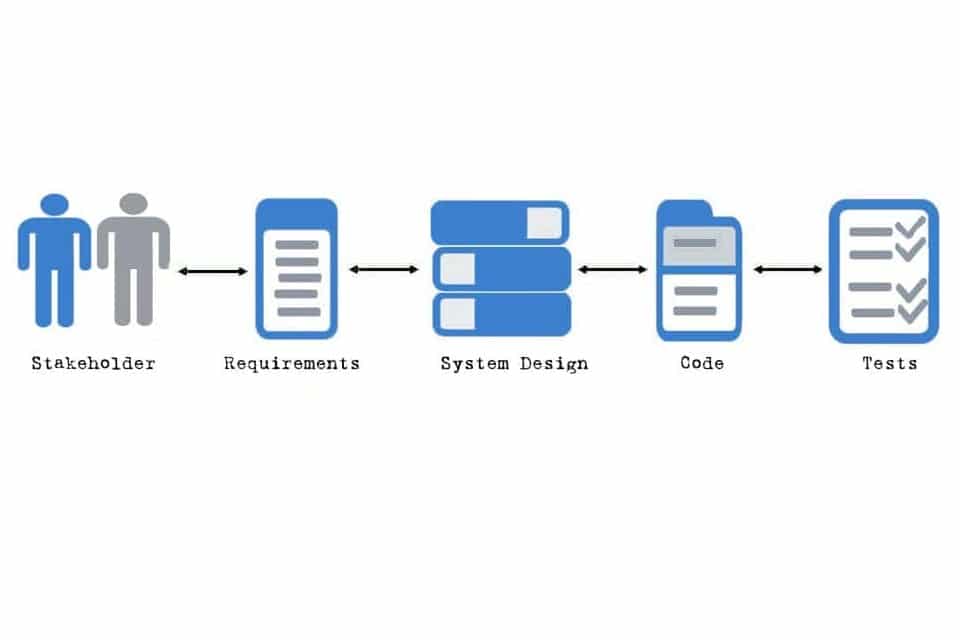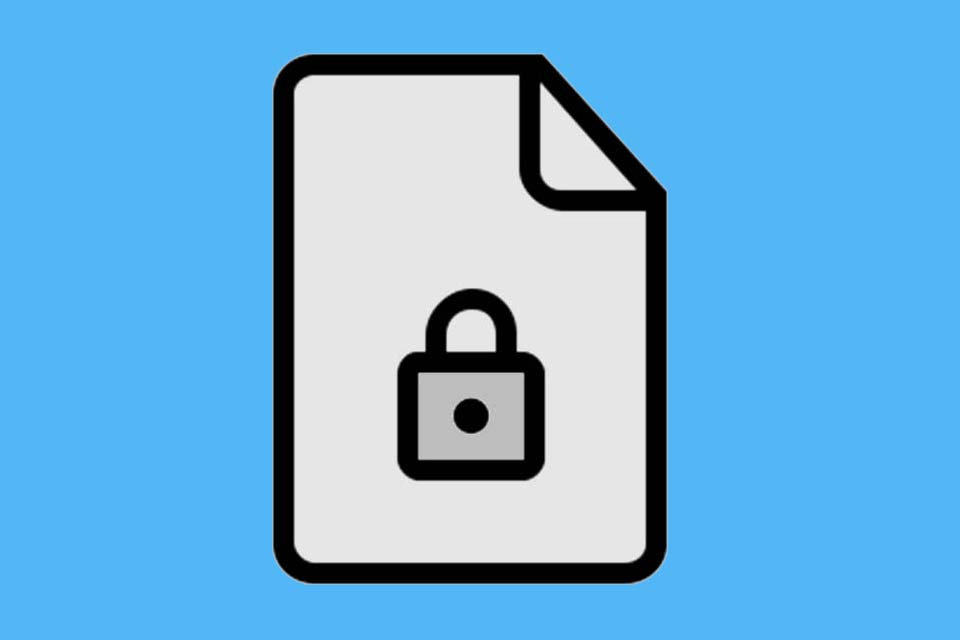What is IT Compliance?
Smartpedia: IT compliance describes the compliance of companies and their employees with laws, standards and regulations, as well as measures to prevent violations in the context of IT.
Adherence to Laws and Regulations in IT
IT Compliance describes the adherence to laws, standards, guidelines and regulations of companies in the context of information technology. It calls for measures to prevent rule violations, especially in the areas of
- information security,
- information availability,
- data retention and
- data protection.
The goal is compliance with rules and regulations in the area of IT.
In the course of IT Compliance, companies often have to
- define, document, monitor and analyse the processes to be adhered to,
- ensure the availability of information, and
- define internal and external communication rules.
IT Compliance is part of IT Governance, which extends compliance with legal, corporate and contractual rules to management, business processes and controlling.
Basically, compliance requirements apply to entire companies as well as to individual organisational units, projects and employees. Some companies use compliance management systems, others employ a compliance officer. Both options are intended to ensure proper compliance with and monitoring of the agreed processes and rules.
Compliance can also be an important topic in project management or software development. Whoever works with processes such as V-Modell XT, who controls projects via a steering committee or who communicates with stakeholders should be aware of the roles, rights and duties involved. Compliance with corresponding regulations and agreements can also be understood as IT Compliance.
Questions from the field
Here are some questions and answers from the field:
Who is responsible for IT compliance in the company?
Clarifying responsibilities is a key success factor for effective IT compliance. Responsibility is often assigned solely to the IT department, but this is a fallacy that can have fatal consequences. IT compliance is a cross-functional task that affects the entire company.
Ideally, strategic responsibility lies with the management or a specially appointed compliance officer. Operational responsibilities should be clearly defined within the IT department, data protection, legal department and, if necessary, internal audit. An effective role and rights concept helps to regulate responsibilities transparently and avoid overlaps.
How is IT compliance integrated into corporate strategy?
IT compliance must not be an isolated project, but rather part of the overall corporate strategy. Sustainable success can only be achieved if compliance with regulatory requirements and the establishment of security standards are anchored as strategic goals.
This means that strategic planning must be regularly reviewed for compliance risks. Projects should be assessed for regulatory compliance and accompanied by guidelines and KPIs. Integrating IT compliance into company-wide management systems or an internal control system can increase commitment and effectiveness.
What measures help to ensure IT compliance?
- Implementation of technical protective measures (e.g. firewalls, access controls)
- Establishment of documented processes and guidelines
- Conducting regular audits, penetration tests and vulnerability analyses
- Introduction of change and patch management processes
- Monitoring by a central IT risk management system
Measures should not only exist, but also be put into practice. To this end, they must be regularly evaluated and adapted to new threats.
What role do employees play in IT compliance?
Important measures include:
- Regular awareness training (e.g. phishing simulations, data protection training)
- Onboarding modules for new employees
- Interactive e-learning courses
- Integration of compliance topics into team meetings and staff meetings
It’s not just about the ‘what,’ but also the ‘why.’ Those who understand the background are more motivated to follow rules and react more confidently in critical situations.
Notes:
If you like this article, feel free to share it with your network.
Here you can find a video about IT compliance.
Here you will find additional information from our Smartpedia section:


